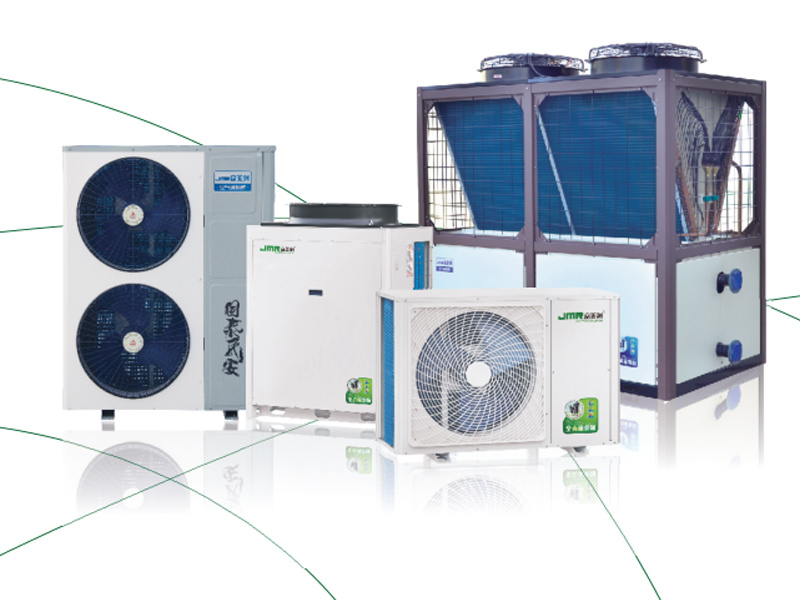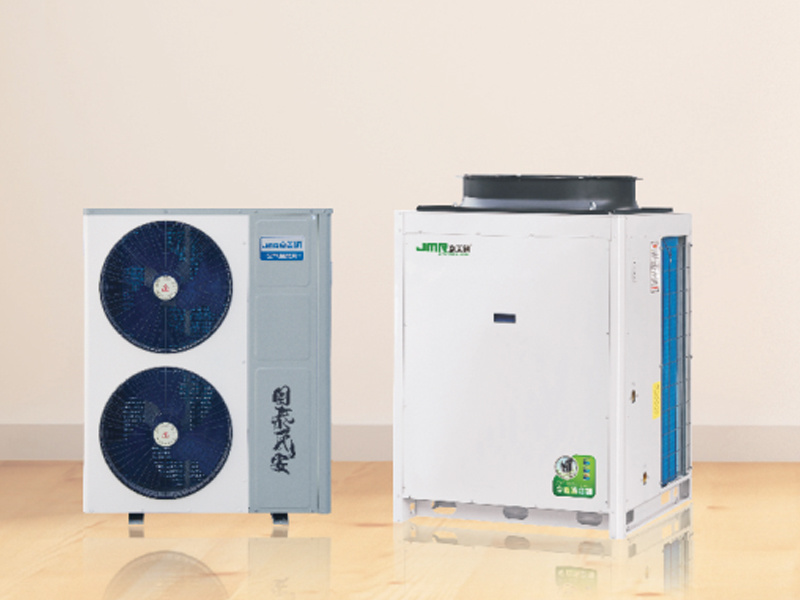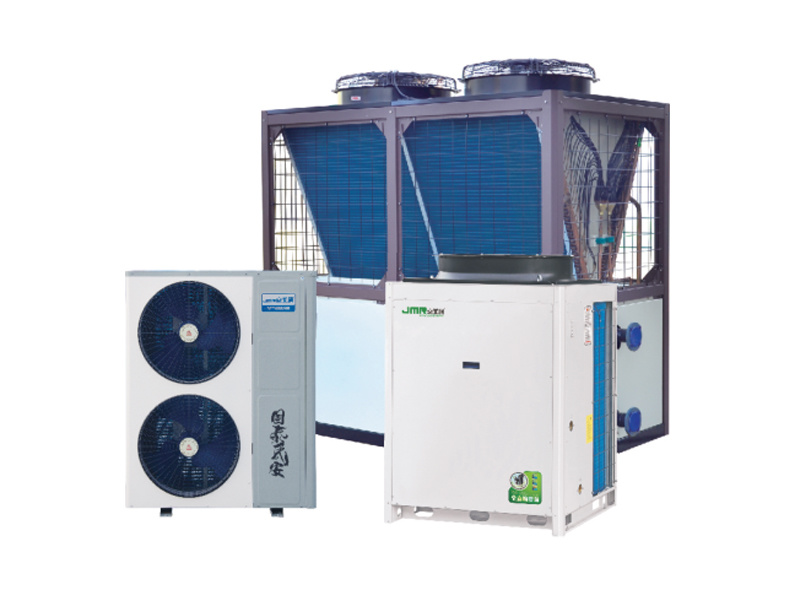Exploring the Benefits and Functionality of Low Ambient Heat Pumps
Release Time:
Jul 05,2025
Low ambient heat pumps are an innovative solution designed to provide effective heating even in low-temperature environments. Unlike conventional heating systems that struggle to maintain efficiency in extreme cold, these heat pumps are engineered to operate effectively at lower ambient temperatures. This technology is increasingly popular in residential and commercial settings, offering several a
Low ambient heat pumps are an innovative solution designed to provide effective heating even in low-temperature environments. Unlike conventional heating systems that struggle to maintain efficiency in extreme cold, these heat pumps are engineered to operate effectively at lower ambient temperatures. This technology is increasingly popular in residential and commercial settings, offering several advantages for consumers looking to optimize their heating solutions.
One of the main features of a low ambient heat pump is its ability to extract heat from the outside air, even when temperatures drop significantly. This process is based on the principle that even cold air contains some heat energy, which can be harnessed and used for heating. As a result, these heat pumps can function efficiently at temperatures as low as -15°C (5°F) or even lower, depending on the specific model and technology used.
The key advantage of using low ambient heat pumps is their energy efficiency. These systems typically consume less electricity compared to traditional electric heating systems, primarily because they transfer heat rather than generate it. This can lead to lower energy bills and a reduced carbon footprint, making them an environmentally friendly choice for heating needs. Additionally, many low ambient heat pumps are designed with advanced inverter technology, allowing them to adjust their output based on the heating demand. This further enhances their efficiency and performance, especially in fluctuating weather conditions.
Moreover, low ambient heat pumps often come equipped with features that improve their usability and convenience. For instance, many models can be paired with smart home technologies, allowing users to control their heating systems remotely via mobile apps. This level of control not only enhances comfort but also contributes to energy savings by enabling users to optimize their heating schedules based on occupancy patterns.
It's important to note that while low ambient heat pumps offer significant benefits, they may not be suitable for every situation. Factors such as local climate conditions, insulation quality of the building, and existing heating infrastructure should be considered when evaluating their feasibility. Consulting with a heating professional can help determine the most appropriate heating solution for specific needs.
In conclusion, low ambient heat pumps represent a cutting-edge solution for efficient heating in cooler climates. Their ability to operate effectively at low temperatures, combined with energy-saving features and smart technology compatibility, makes them a compelling option for consumers seeking modern heating solutions. As the demand for energy-efficient appliances grows, understanding the functionality and benefits of low ambient heat pumps can empower consumers to make informed decisions for their heating needs.
One of the main features of a low ambient heat pump is its ability to extract heat from the outside air, even when temperatures drop significantly. This process is based on the principle that even cold air contains some heat energy, which can be harnessed and used for heating. As a result, these heat pumps can function efficiently at temperatures as low as -15°C (5°F) or even lower, depending on the specific model and technology used.
The key advantage of using low ambient heat pumps is their energy efficiency. These systems typically consume less electricity compared to traditional electric heating systems, primarily because they transfer heat rather than generate it. This can lead to lower energy bills and a reduced carbon footprint, making them an environmentally friendly choice for heating needs. Additionally, many low ambient heat pumps are designed with advanced inverter technology, allowing them to adjust their output based on the heating demand. This further enhances their efficiency and performance, especially in fluctuating weather conditions.
Moreover, low ambient heat pumps often come equipped with features that improve their usability and convenience. For instance, many models can be paired with smart home technologies, allowing users to control their heating systems remotely via mobile apps. This level of control not only enhances comfort but also contributes to energy savings by enabling users to optimize their heating schedules based on occupancy patterns.
It's important to note that while low ambient heat pumps offer significant benefits, they may not be suitable for every situation. Factors such as local climate conditions, insulation quality of the building, and existing heating infrastructure should be considered when evaluating their feasibility. Consulting with a heating professional can help determine the most appropriate heating solution for specific needs.
In conclusion, low ambient heat pumps represent a cutting-edge solution for efficient heating in cooler climates. Their ability to operate effectively at low temperatures, combined with energy-saving features and smart technology compatibility, makes them a compelling option for consumers seeking modern heating solutions. As the demand for energy-efficient appliances grows, understanding the functionality and benefits of low ambient heat pumps can empower consumers to make informed decisions for their heating needs.
Key words:
What Else Might You Learn?






